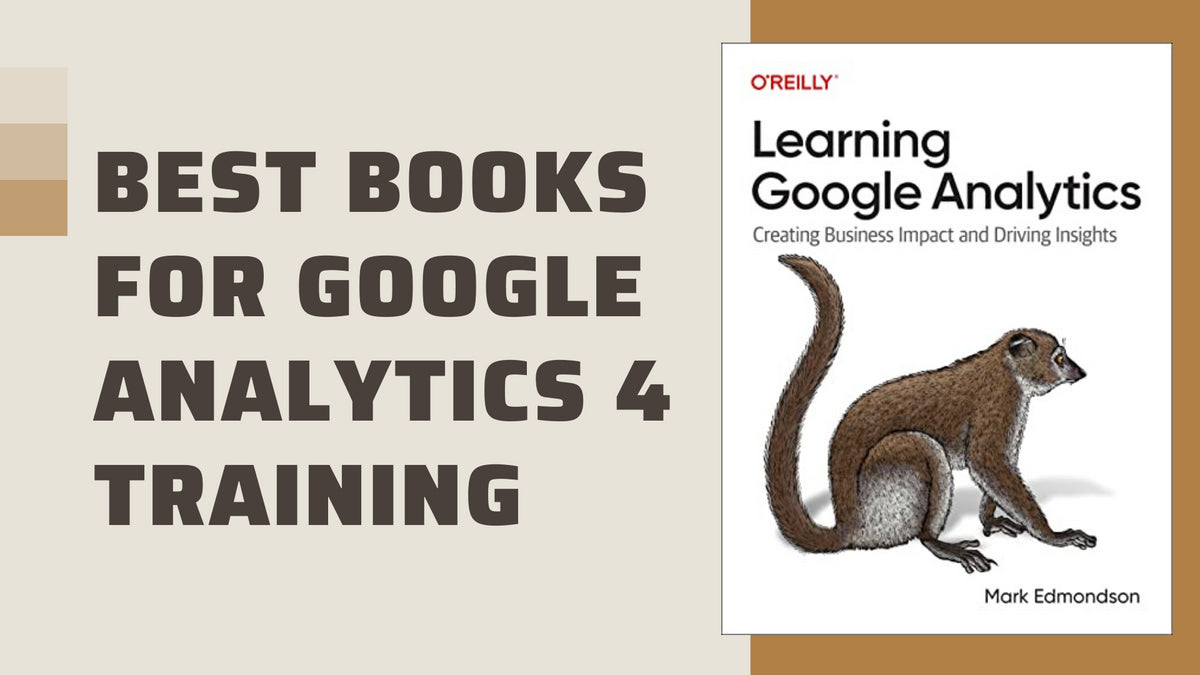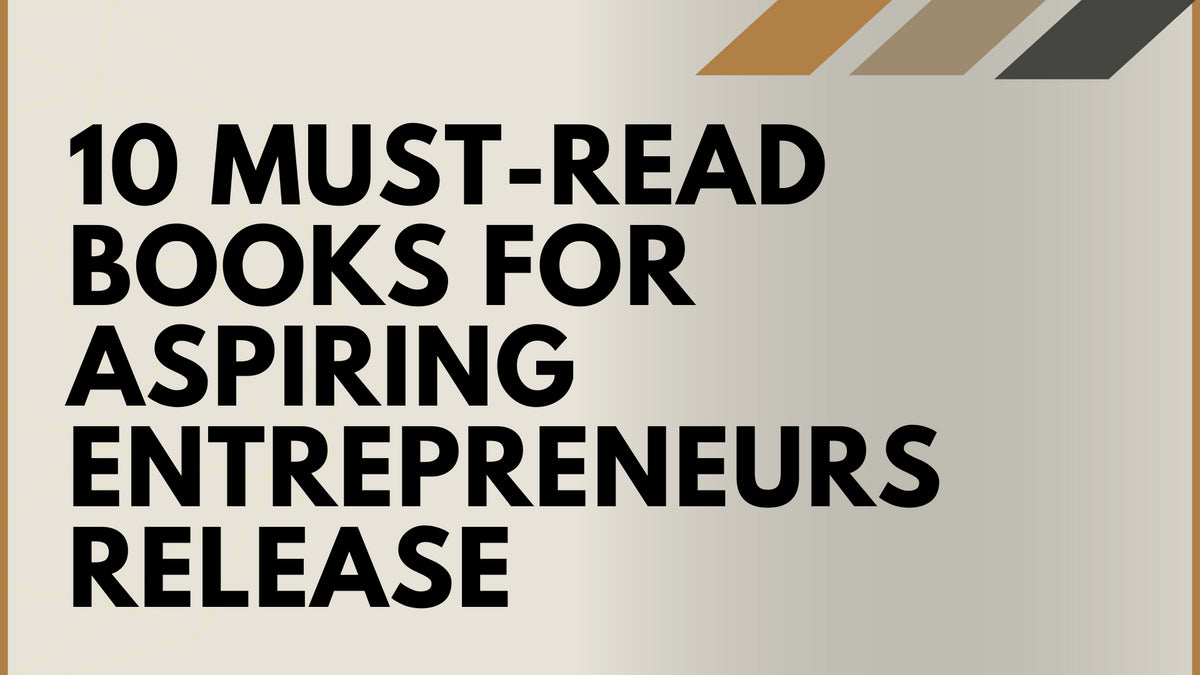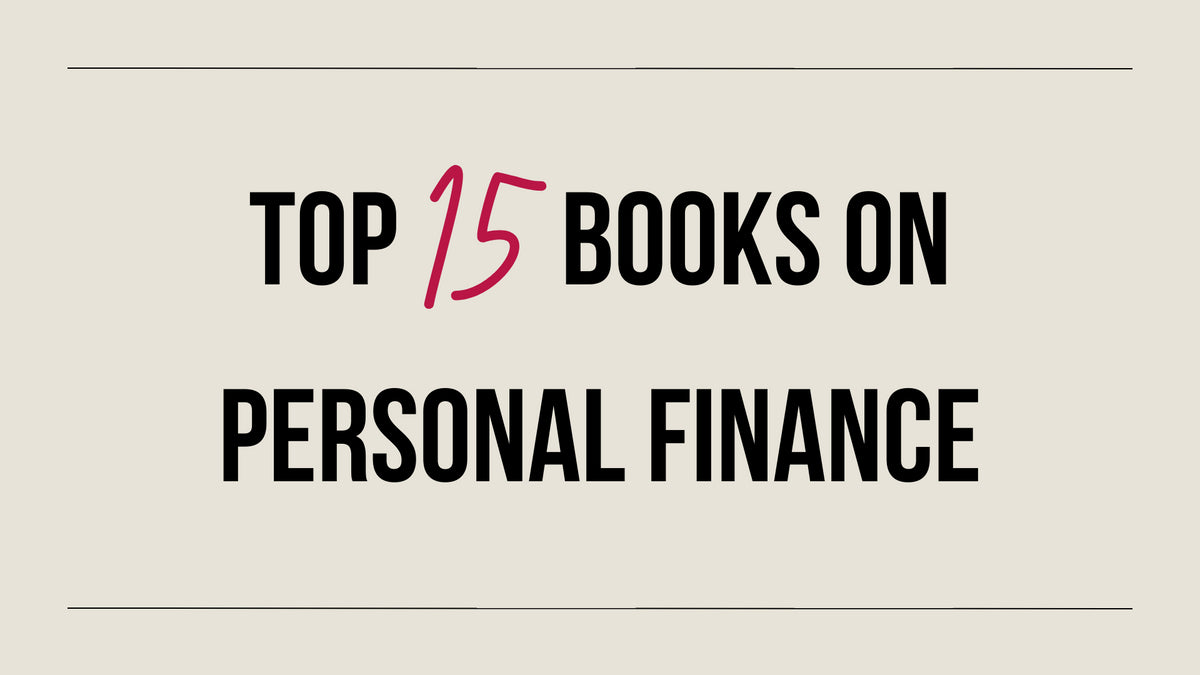Your Cart is Empty
Profit First Book Summary: Entrepreneur Money Management
Listen To The Article
Business Finance And Management
The traditional approach to profit is to begin with sales less expenses, but this makes profit something left over with no guarantee it will be generated. The Profit First Formula changes the equation to Sales minus Profit equals Expenses, putting profit first rather than last. The new approach to managing revenues focuses on setting aside profits and using the balance to fund expenses, while also consistently working to reduce expenses to the lowest amount possible. This system is designed to build a business for long-term success by helping the entrepreneur avoid making critical operational decisions based on temporary events that lead to future cash flow problems, like a sudden surge or decline in sales.
Tips To Manage Finances Of A Business
- Traditional approach to profit seldom works, leading to high rates of business failures
- Profit should be baked into everything the business does
- The Survival Trap keeps a business in crisis and making decisions based on generating quick or immediate revenue and speeding up cash flow, rather than pursuing a vision
- Taking small steps to reach a defined target is the ideal way to grow profits
- The Profit First Formula says profit comes first and what is left over is available for expenses, forcing optimal management of expenses
- Expenses can be better managed through elimination, avoidance or delay
- The Profit First Formula is put into motion by taking specific steps to build a system to set aside profits, determining profit allocation percentages and managing debt
- There are ways to find money in the business that include reducing expenses and focusing on profitable clients

Featured In This Review
Profit First
$16.59
Learn to manage finances as a business leader. Take the stress away from financial management, feel that finances are prepared and under control as you run the business.
SHOP NOWProfit First Book Summary
The book Profit First offers a new perspective on accounting. Traditionally, business owners calculate profit by finding the difference between sales and expenses. This makes profit a leftover amount. The author Mike Michalowicz presents a different perspective. His formula is flipped with the amount of money available for expenses being the difference between sales less profit. This places profit first. The goal is similar to what the book Good to Great explores - becoming a company that achieves long-term sustainable performance by adopting some of the characteristics of successful companies.

Business money problems are usually the result of two occurrences. Sales slow down, making it difficult to cover expenses and scale the business. Or sales speed up, so expenses speed up. The end result is the business ends up with a cash flow problem. Michalowicz believes the right size for a business is the size that naturally develops, instead of forcing growth by spending more on expenses. You want to grow your business with a sales machine like the one described in the book Predictable Revenue in which recurring revenue enables you to meet financial goals.
Want to buy a book review like this?
Click here to learn how to get your book reviewed!
The author goes through the principles of putting profit first. By taking profit first, the business is forced to find better ways to operate with less cash input. The profits need to be set aside in a separate bank account called “profit” and not immediately accessible, so there is no temptation to use it. A faster path for growth is to then focus on developing your strongest skill and apply that skill in this business. The author recommends you pay one percent of every checking account deposit into the profit account. This requires discipline, of course, and reading the book Discipline Equals Freedom is a source of inspiration.

Michalowicz suggests setting up five checking accounts and two savings accounts that are at a different bank. The five checking accounts are for core business functions: revenue, profit, operating expenses, owner’s compensation and taxes. One of the savings accounts is for holding profit that is not to be touched. The second savings account is for holding taxes. The recommendation is to set the two savings accounts up so they can withdraw money from the checking accounts but keep the account balances hidden from view.
After setting up the accounts, figure your Current Allocation Percentages (CAPS) which shows how your Real Revenue is being spent. Then determine the Target Allocation Percentages (TAPS) or where you want Real Revenue to go once the business is operating efficiently and profitably. It may take some months to meet the TAPS goals, but the important point is to keep working the numbers. Rely on what the book GRIT recommends which is passion and long-term perseverance, even when things do not seem to be going in the right direction.

In addition, it is important to establish a routine in which you have certain dates to pay bills, move funds around the accounts and spend time understanding how the money is being spent. In the book The Checklist Manifesto a strategy is described for making checklists that ensure you do everything that needs to be done on a regular basis but also triggers improvements. Remember, the Profit First strategy is not a static approach. It is an ongoing one.
One more recommendation is to withdraw 50 percent of the money in the profit account and pay yourself a dividend as a motivation strategy. This payout will change the business perspective, turning it into a cash generator instead of a cash eater. Once the profit account has enough money to pay for three months of fixed expenses, the money can be invested. You can find plenty of inspiration to keep pursuing success in the book about Warren Buffett: Life, Lessons and Rules for Success by Influential Individuals.

The next discussion concerns profit distribution. There is a step-by-step guide on allocating money with the goal of meeting profit allocation targets that are adjusted as the business grows. This can lead to increasing profit and reduced operating expenses. One of the premises of the book is that profit is increased by increasing sales or cutting expenses. The easiest path is cutting expenses to put Profit First into motion. Take the 50 percent of the profit in the account and leave a three-month cash reserve to cover a decline in sales. Once expenses are under control, focus on sales growth but supplement your plan by taking the advice in the book Competing Against Luck which is to gain an understanding of what drives customers to choose your products or services and pay a premium price.
Michalowicz then addresses a strategy for reducing debt because it is debt that is a barrier to putting Profit First. His suggestions include freezing debt, never basing financial decisions on the best revenue month and taking small steps each quarter, i.e. decrease operating expenses by 5 percent. A major step is evaluating every business aspect to find cash, with payroll expenses topping the list. It is important to identify each position as to its importance and to layoff employees who do not contribute to business profitability. Then, as the book Who discusses, only hire the right people who can help your company grow and are not likely to become an unnecessary expense. Today, many job responsibilities can be outsourced.

Other debt reduction steps include canceling automatic bank withdrawals, renegotiating monthly expenses and starting a debt snowball. On the revenue side, find ways to sell smarter by fine-tuning the sales system, avoiding the worst clients and duplicating the best. Use the principles in the book They Ask You Answer to identify how to better satisfy the needs of your best customers.
There are rules you can follow to keep the Profit First strategy successful for the next five years. Approach them with the urgency the book Be Fearless suggests is necessary for reaching beyond a personal bubble or barrier. First, always look for free options. Second, buy used if it is as good as new. Third, never pay full price, if avoidable. Fourth, do not hesitate to negotiate and seek alternatives. Fifth, delay major purchases until you have identified 10 alternatives. Fourth, save spending for the Profit First quarterly dividends.
The principle of putting profit first is reminiscent of the financial advice that says to set aside savings first out of every paycheck, and then live off the balance. The book is filled with practical advice on debt and expense reduction, but it is the change in the perspective on profit that is the main message. Taking profit first, rather than last, forces the entrepreneur to approach spending in a smarter way by keeping profit-making in focus at all times.
About The Author Mike Michalowicz
Born in 1970 in New Jersey, Mike Michalowicz earned a Bachelor’s of Science in Business in Finance and Management Science at Virginia Tech-Pamplin College of Business in 1993. That same year he also earned a second Bachelors in Management Science degree in Finance.
He founded two multi-million dollar businesses by the age of 35. Both were technology service based companies, the first acquired by private equity and the second, PG Lewis & Associates sold in 2006 through a public transaction to a Fortune 500 company. At the age of 26, he was awarded the NJ SBA’s Young Entrepreneur of The Year award. After selling his businesses, he decided to become a small business angel investor and lost his fortune in the process. Knowing he was a proven successful entrepreneur, Michalowicz embarked on a different path.
Michalowicz is the founder of Profit First Professionals. The organization is a community of bookkeepers, accountants and business coaches who are certified as a Profit First Professional. The professionals position themselves as strategic advisors who help clients build profitable businesses by escaping the compliance trap. They are strategic advisors for financial, operational and management improvement. Profit First Professionals’ tools are used by hundreds of thousands of companies. Tools include Clockwork, a strategy for making a business run on automatic.
Michalowicz is also co-founder of Provendus Group, LLC which is a growth consultancy company. The company developed the Provendus Growth Academy and Pumpkin Plan Certification program. The Academy offers a platform for the Certified Provendus Growth Strategist to use for coaching clients, enabling the Strategist to expand his or her business.
Michalowicz is a former small business columnist for The Wall Street Journal and was a business makeover specialist on MSNBC. He is a sought after keynote speaker on entrepreneurial topics. Fabled author Simon Sinek deemed Mike Michalowicz “…the top contender for the patron saint of entrepreneurs.” Michalowicz has shared entrepreneurial insights at TEDx, INC, and creative LIVE. His columns are found in prestigious publications like Harvard Business Review, Open Forum and Entrepreneur Magazine.
Besides Profit First, Michalowicz’s books include Get Different, Fix This Next, Clockwork, The Pumpkin Plan and The Toilet Paper Entrepreneur plus other business advice books. His books have been translated into 20 different languages. Each book provides additional strategy details and tools for ensuring fast and healthy business growth.
In addition to his website, the entrepreneur is found on LinkedIn, Facebook, Instagram, and Twitter. He also does podcasts and has a YouTube channel.
Want to buy a book review like this?
Click here to learn how to get your book reviewed!
Leave a comment
Comments will be approved before showing up.
Also in Books

The Best Books for Google Analytics 4 (GA4) Training
Unlock the secrets of Google Analytics 4 with our curated list of the best GA4 training books for 2023! Dive deep into actionable insights, master advanced techniques, and lead the digital analytics revolution. Don't get left behind; discover the ultimate resources to dominate GA4. Click now to elevate your skills!
Read More
10 Must-Read Books for Aspiring Entrepreneurs
Do you dream of starting your own business? If so, you need to read this article! We've compiled a list of 10 must-read books for aspiring entrepreneurs. These books will provide you with the knowledge and inspiration you need to turn your dream into a reality. Click here to read the article and learn more!
Read More
Top 15 Books on Personal Finance
Are you looking for a safe and informative place to learn about personal finance? If so, you've come to the right place! This article discusses the top 15 personal finance books on the market, all of which are sure to help you improve your financial situation without any explicit sexual descriptions or that is sexually suggestive in nature or is primarily intended to cause arousal.
Read More